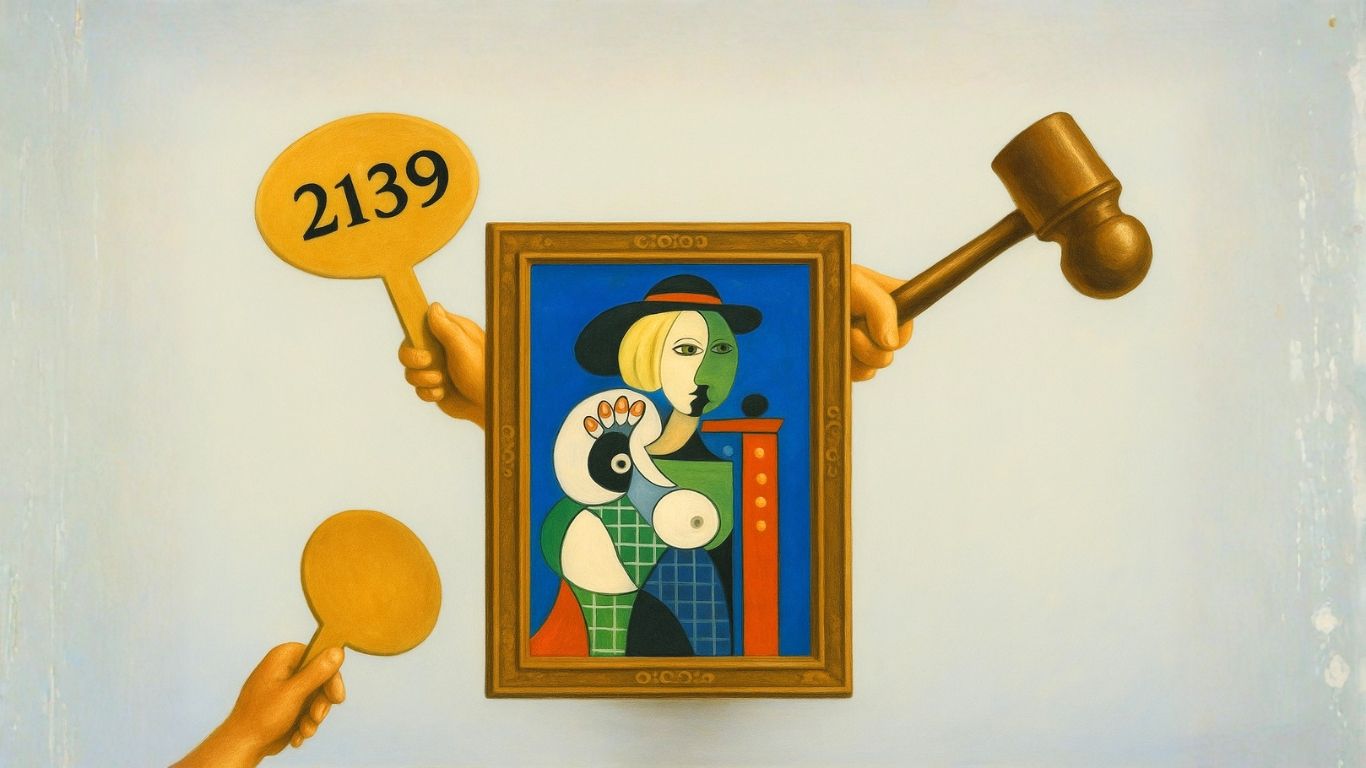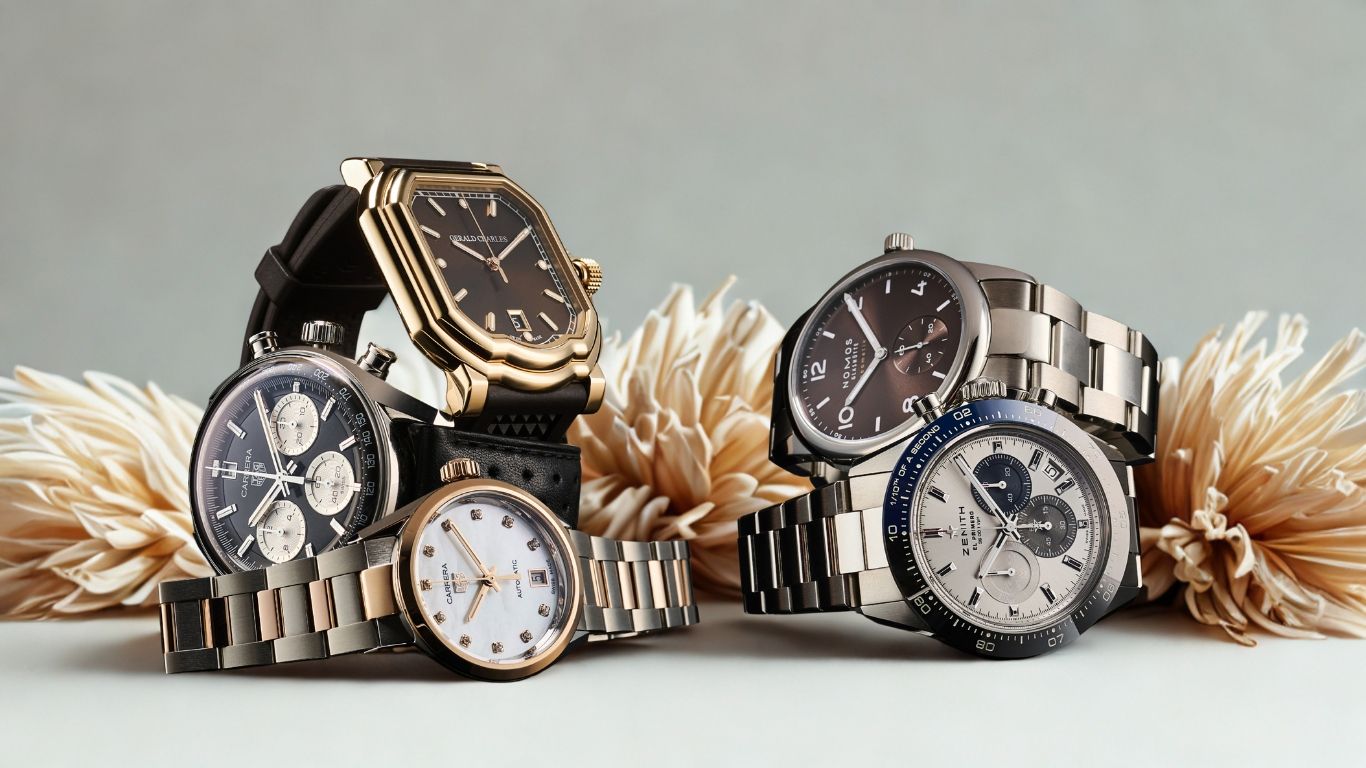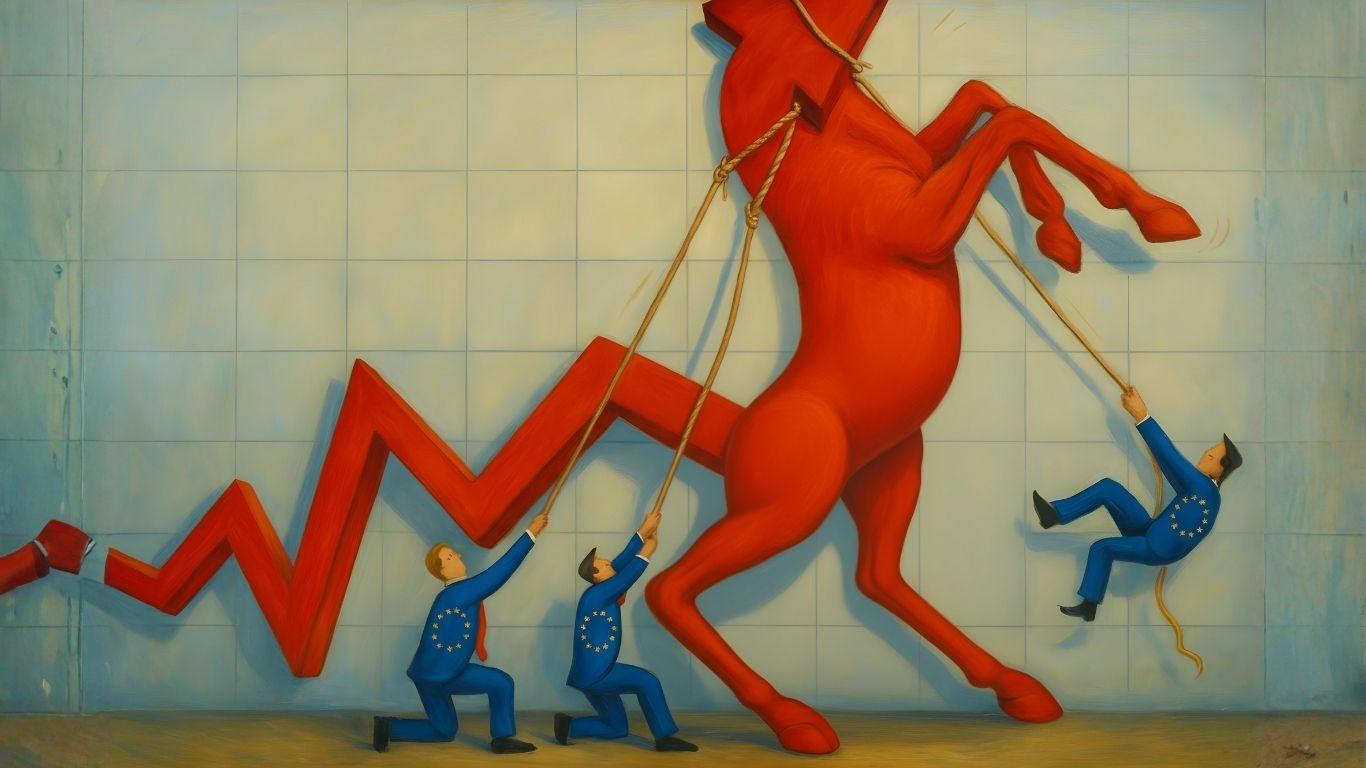- The Luxury Playbook Weekly Round-up
- Posts
- Weekly Round-up
Weekly Round-up
Actionable intelligence, not noise.
Agenda
Spotlight
Fine Assets
Real Estate
Equities

The U.S. – China Standoff Has Become A Stress Test For High-Value Portfolios
The economic contest between the United States and China has evolved far beyond the tariff battles that dominated headlines half a decade ago.
What began as straightforward trade disputes over steel and consumer goods has morphed into something considerably more consequential for investors: a systemic confrontation over technology, capital flows, and access to critical materials that now shapes where and how global money can deploy.
This isn’t just political theater but a fundamental restructuring of cross-border investment that requires genuinely different portfolio strategies rather than minor adjustments to existing allocations.

Art Market Sales Decline Yet Optimism Persists Among Collectors
The Art Basel and UBS Art Market Report 2025 delivered a headline that sounds alarming at first glance: global art market sales fell 12% in 2024 to $57.5 billion, marking the second consecutive annual decline after the post-pandemic peak that had dealers and auction houses celebrating record results.
Yet beneath this headline decline sits a considerably more nuanced story than simple market weakness. Transaction counts actually rose roughly 3% during the same period, revealing that the market isn’t shrinking so much as recalibrating, with activity shifting decisively toward lower price points and away from the trophy lots that dominated headlines during the pandemic boom.
This represents correction rather than collapse, with regional contrasts telling divergent stories about where strength and weakness concentrate.
The net takeaway for anyone trying to understand where the market actually stands is that we’re witnessing recalibration away from the frothy top toward broader middle market depth, a shift that creates genuine opportunity for collectors willing to look past headline declines.
The Surge Of U.S. And Asian Buyers Is Pushing Fine Wine To Record Valuations
Something fundamental has shifted in who’s actually buying fine wine at the highest levels. The latest Liv-ex data from late October 2025 shows U.S. buyers now account for 19% of global trade by value, while Asian buyers represent 18%.
Put those together and you’ve got two continents outside Europe driving nearly 40% of fine wine liquidity, which changes everything about how this market actually functions.
These aren’t just participants anymore but genuine price setters whose preferences determine what bottles trade for when they hit the market. When a collector in Singapore or New York decides they want a case of Sassicaia or vintage Champagne, they’re competing directly with European buyers in real time, and that competition is what’s actually setting the marginal price rather than London merchants deciding amongst themselves what things should cost.

Collectors Are Returning And So Is The Momentum In The Luxury Watch Market (Market Report)
The luxury watch market is showing signs of life that feel markedly different from the speculative frenzy that characterized 2020 and 2021.
The Chrono24 and Fratello H1 2025 findings reveal a market stabilizing with selective growth rather than broad euphoria, with clear recovery signals emerging in specific brands and categories rather than lifting everything indiscriminately.
Three forces are leading this rebound: Gen Z demand concentrating in particular brands, a genuine dress watch renaissance that’s reshaping category preferences, and brand share shifts toward a more diversified top tier where Rolex remains stable, Omega holds steady, and Cartier gains meaningful ground.
The macro backdrop supporting this recovery looks less like hype and more like rational market mechanics, as retail price hikes and U.S. tariff effects have nudged value-seeking buyers toward pre-owned platforms, helping secondary prices stabilize after the brutal 2023 and 2024 correction that wiped out pandemic-era gains.

Switzerland’s Real Estate Market Is Pricing Out Its Own Investors
Switzerland just recorded something that sounds like a landlord’s dream but has turned into an investor’s puzzle. The country’s dwelling vacancy rate fell to exactly 1%, representing just 48,455 empty units nationwide and marking the fifth straight annual decline. The Swiss Federal Statistical Office’s release prompted headlines across Swiss and international media, with swissinfo and RTS leading coverage of what they framed as an intensifying housing shortage.
When virtually every rentable apartment in an entire country is occupied, conventional wisdom suggests property investors should be celebrating. The reality proves considerably more complex.
The tightness varies dramatically by location, with some of Switzerland’s most desirable cities experiencing conditions that approach full occupation. Geneva sits at roughly 0.34% vacancy, Zug at approximately 0.42%, and Zurich at around 0.48%, all well below the commonly cited 1.5% threshold that economists consider the dividing line between healthy market function and genuine shortage.

Fed Cuts Rates And Europe Listens With Stocks Poised To React
The Federal Reserve just delivered something markets had been anticipating for months, cutting rates by 25 basis points to a range of 3.75% to 4.00% while signaling it will stop quantitative tightening and halt balance sheet runoff on December 1, 2025.
The move came with explicit acknowledgment of liquidity stress in funding markets, representing the clearest signal in over a year that U.S. monetary policy is pivoting from restrictive toward supportive.
European markets responded immediately, with the STOXX 600 and Euro Stoxx 50 either at or near record highs going into and following the decision, while Germany’s DAX and Spain’s IBEX also hit significant milestones.
The near-term focus has shifted decisively toward how Bund yields respond as global liquidity improves, which sectors within Euro Stoxx leadership benefit most from easier conditions, and whether the euro finds support as the rate gap between the U.S. and Europe narrows.
At The Luxury Playbook, we don’t follow the market—we analyze it, decode it, and stay ahead of it.”